My “X”: Becca Katz on the Importance of Nature Connection
Written by: Becca Katz, former HMI Dean of Students & Spanish Teacher
For me, it was Lowes Creek. My house was on a road on the outskirts of town, nested in a forest. I used to walk into the woods, cut through my neighbors’ yard, pass their beehive, and shuffle down a steep hill to visit the creek.
There, I didn’t have to be anyone other than myself. I could be in a good mood or a crummy mood. Sometimes I’d bring my journal, but mostly I would just go to be still and look at the maples, oaks, and birch. And listen to the water and birds.
It turns out, Little “Chewie” (“Becca K” at the time due to the three Becca’s in my class) already knew what was good for her—what fed her soul and nurtured her. What helped her feel more peaceful, calm, and safe in her increasingly hustle-bustle world.
Of course, Becca K had no way of knowing she would someday lead expeditions in some of the world’s most remote environments. Or find a place “where nature and minds meet.” She didn’t know she would get to facilitate—and have—transformational experiences in “Capital ‘W’ Wilderness” (as fraught as the concept of wilderness is—which you all know about thanks to P&P and William Cronon…a topic for another day!). Or that she would become “Chewie.”
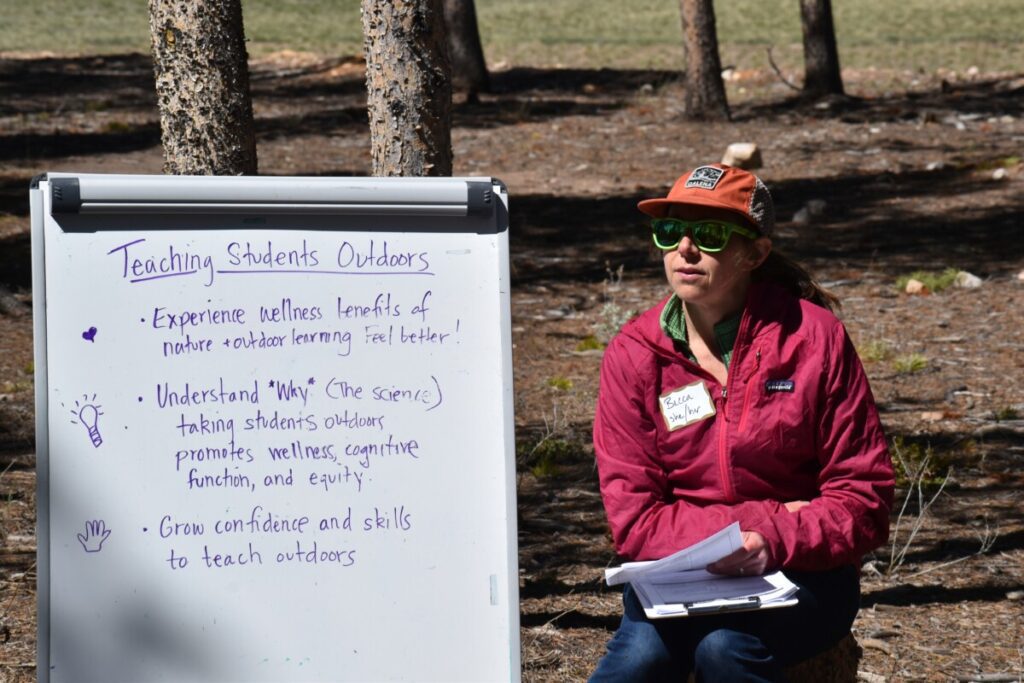
Just like Becca K, your nature connection started somewhere. There’s an outside chance it started at HMI. More likely, it was nurtured by adults in your life or an older sibling or friend, probably in your extended backyard–what I would call “nearby nature” within walking distance from home. Maybe you gathered pinecones or skipped rocks. Maybe your family brought picnics to the park and you see-sawed with your cousin. Maybe you jumped into lakes or gathered shells near the ocean. Or made stone soup from the rocks, dirt, sticks, and weeds.
For all but a few of us who had parents, relatives, or friends who camped, our exposure to organized nights-under-the-stars camping nature experiences likely began with a formal program—a summer camp, Scouts, or even HMI.
At HMI, I am over-the-moon-glad you (and I) got to sleep under the stars, the firmament framed by canyon walls or infinite as viewed from an alpine meadow. Maybe, like me, your experiences on expeditions at HMI made you feel small, raw, challenged, strong, held, awestruck. Alive. I am a fervent believer in the transformational potential of these immersive nature experiences. It’s what drew me to HMI and to countless other personal and professional pursuits. Draws me still.
I wish every single young person who wants to could go to HMI for an extended mountain-top experience—for their own personal growth and discovery, and because I think mountain-top, immersive, nights-under-the-stars nature experiences support the making of good humans. And foster a love for the earth and all of its creatures, including other humans who may be different from you.
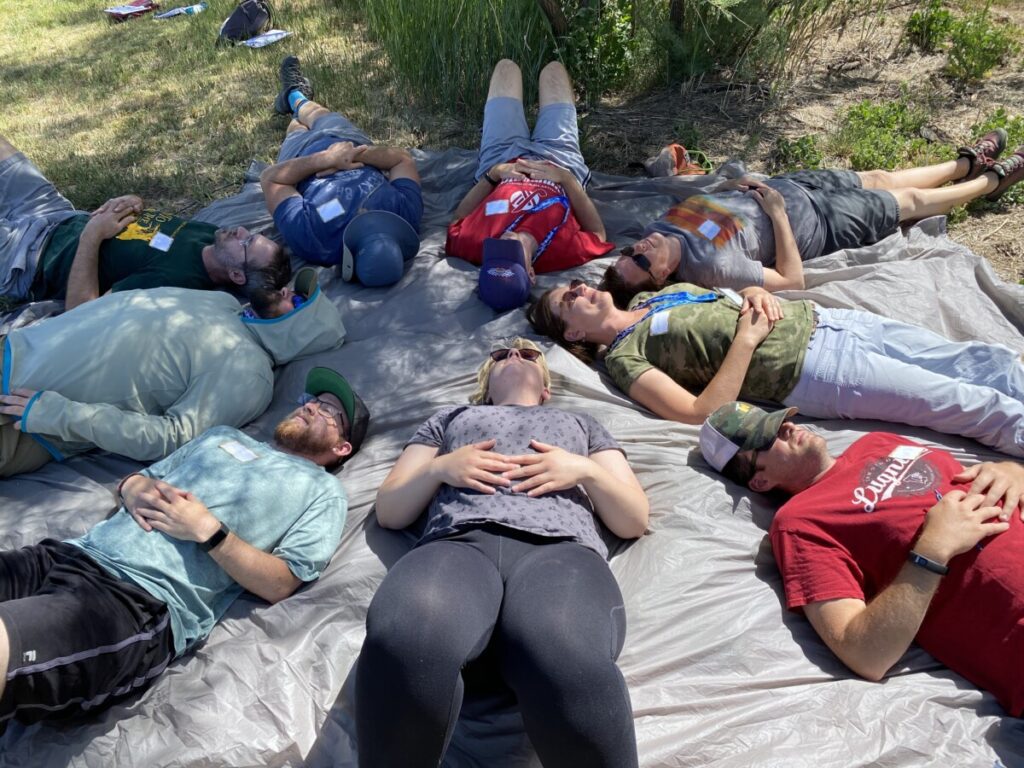
Yet, my post-HMI grant-funded work with Get Outdoors Leadville! in Leadville’s high poverty, under-resourced public schools got me all gummed up. As I collaborated with partners (including HMI) to make nights-under-the-stars experiences happen for Leadville’s students, I came to think of HMI and other similar outdoor experiences as forming the top of a nature-connection pyramid, a metaphorical mountain.
I got a lump in my throat every time I stared at my shrinking budget, knowing these “mountain-top” experiences—powerful experiences, transformational even—would remain singular experiences at best; worst, non-existent. I started questioning everything. I moved from myopic thinking about how I would keep curating mountain-top experiences to some much bigger and more fundamental questions:
What are other meaningful ways of connecting with nature? What are the benefits of various forms of nature connection? What was relevant to students and educators in our schools? To families? To our community? Why did “we” want students in our schools to have opportunities for nature connection? Why did the students want nature connection?
And, I wracked my brain for how nature connection could be embedded as part of learning in public schools the same way expeditions, chopping wood, AMX, and cook crews are baked into HMI’s special sauce (did you like what I did there with “baked in” and “special sauce”?).
With tons of questions and a few answers, I arrived at an “X” at the intersection of where students are (in schools) and meaningful, accessible nature connection opportunities: nature based learning. Nature based learning is simply teaching students outdoors in nearby nature or bringing elements of nature into school. Nature based learning’s benefits helped answer my long list of questions: mental and physical wellness, improved cognition, enhanced social emotional skills, and joy. This “X” is now called “Good Natured Learning,” a non-profit I started with my co-leader, Erin Allaman.
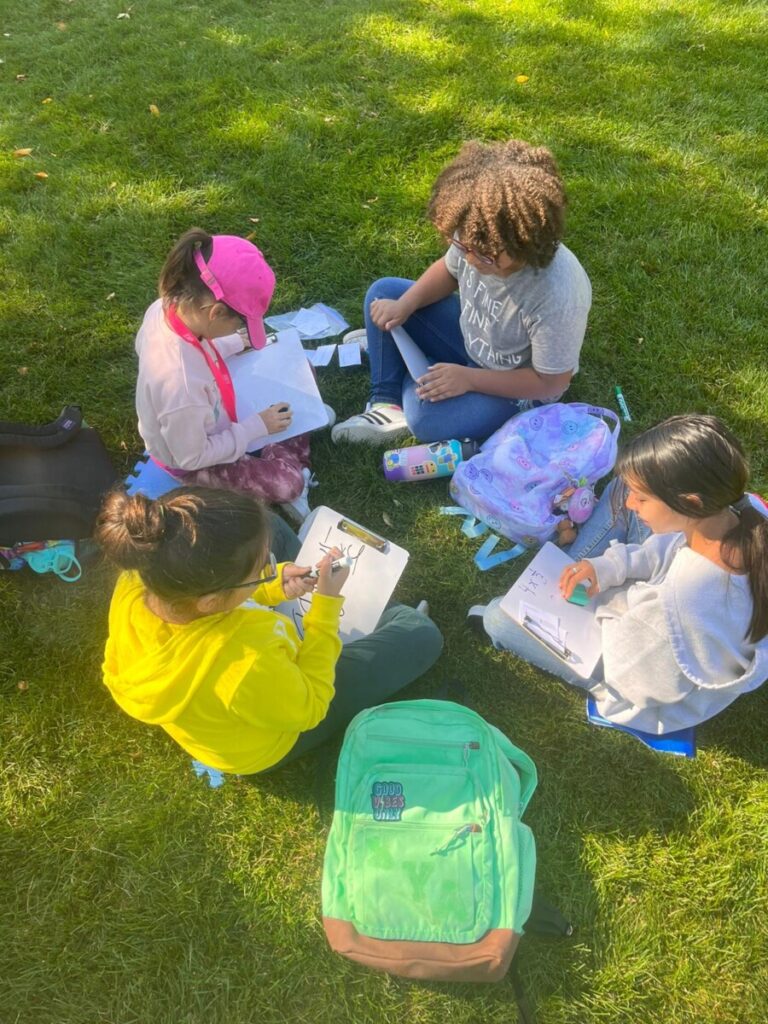
Believing in the value of mountain-top experiences to my core, I cheer on HMI and I applaud efforts to ensure Leadville’s students continue to have opportunities for mountain-top experiences.
I also know for sure that mountain-top nature engagement is only one way. And, nearby nature experiences aren’t diminished versions of the mountain top. They are different. They are part of the mountain. Closer to community, to family, to home. Regular, accessible nature experiences—the backyard nature connections that can be part of school through nature based learning—are ordinary and extraordinary.
Good Natured Learning is on a mission to grow an equitable nature based learning movement in public PK-12 schools across Colorado (and eventually nationwide!). To do this, we’re building educator capacity through professional development workshops and we’re working with partners to activate nearby nature—parks, public lands, and schoolyards—for teaching and learning. We envision a very-near future in which public school students and educators have routine, equitable access to nature based learning’s benefits—including mental and physical wellness, improved cognition, enhanced social emotional skills, and joy—in school.
Like what we’re doing? Here are 9 ways you can make our vision a reality:
- Learn more about us on our website or by reaching out to me directly at becca@goodnaturedlearning.org
- Introduce us to more peeps: We LOVE meeting people! If there’s someone you think we should meet (from ANY sector!) please introduce us!
- Follow us on the Socials: Our SMART (with A being “audacious”) goal is to grow our reach to 2022 peeps by the end of 2022! We have a VERY LONG way to go. Follow us and actively engage with us on LinkedIn, Instagram, or Facebook! Encourage your friends, neighbors, family members, colleagues, and anyone you think should hear about nature based learning to follow too!
- Donate your talent & time: I know there are brilliant HMI alums out there who can do MANY things better than we can. Do you create beautiful videos? Make dazzling social media posts? Design slick animated shorts to convey complex concepts in seconds? If so, please reach out!
- Tell an educator about us: We work with educators—teachers and administrators. Know someone who might be into this? We’d like to know that person too! Connect us :).
- Bring us to your school: If you work in a public PK-12 school in Colorado and you want to see more nature based learning in your school, we are here for you. Let us know!
- Tell a friend about us: As you know, I love people. Please spread the word. We know that EVERYONE needs to know about nature based learning, so help us make that happen.
- And, of course, reach out to me, Chewie, if you want to chat ideas, inspiration, or really anything (becca@goodnaturedlearning.org – or +1 650 269 9765 on WhatsApp (I live in Kenya now – that’s an update for another day!). You know I love to talk and listen – and I’d be happy to reconnect (or connect to those alums I don’t yet know!).
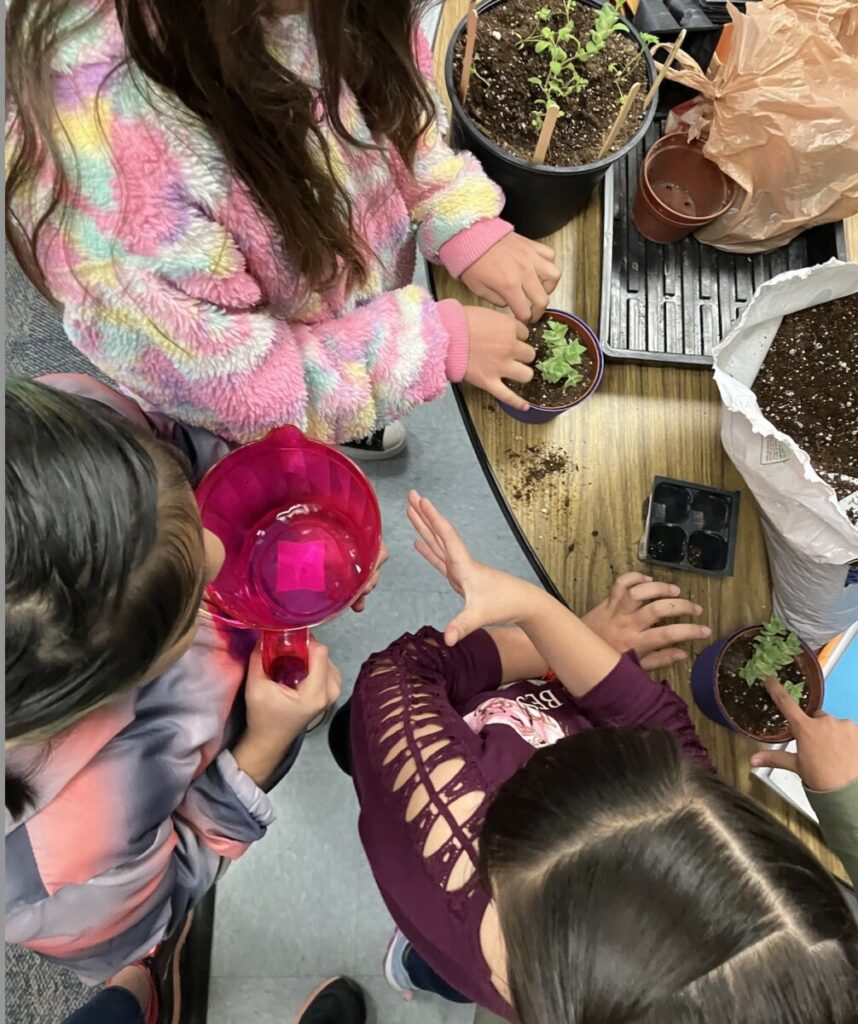


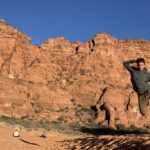 Thanksgiving with Traverse!
Thanksgiving with Traverse!
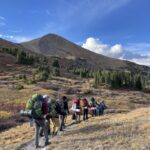 Closing out- F Traverse!
Closing out- F Traverse!